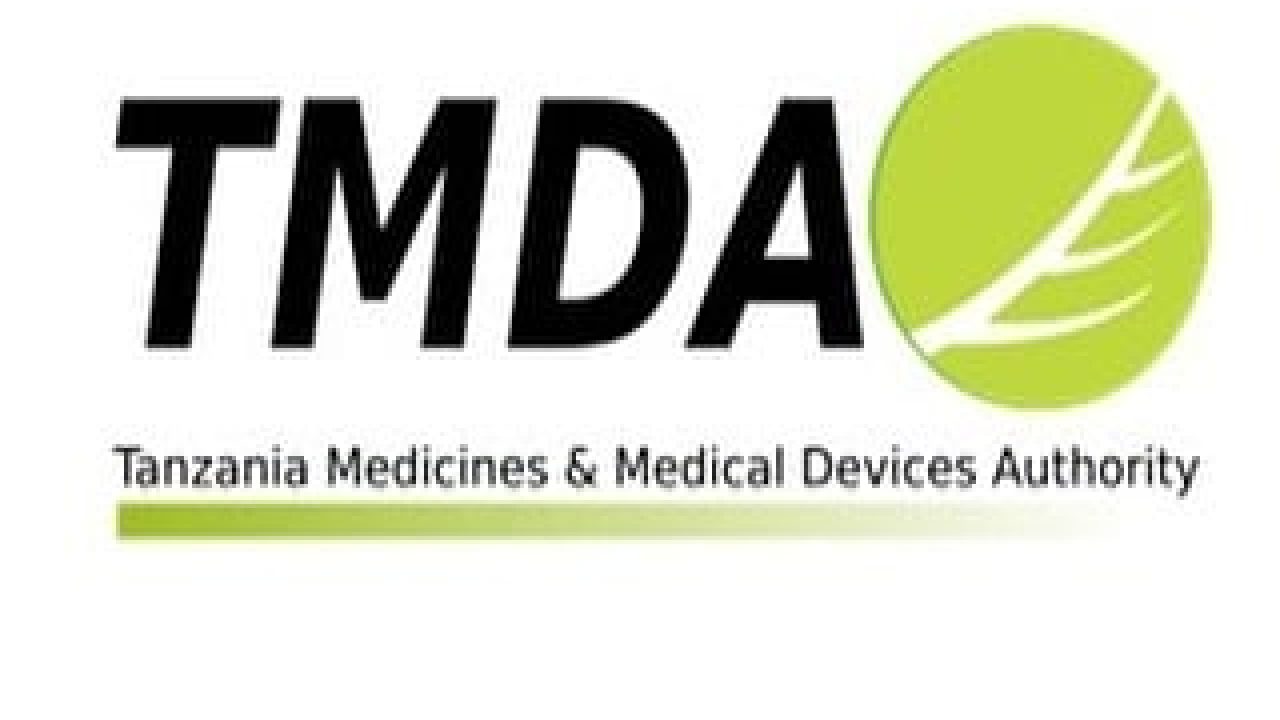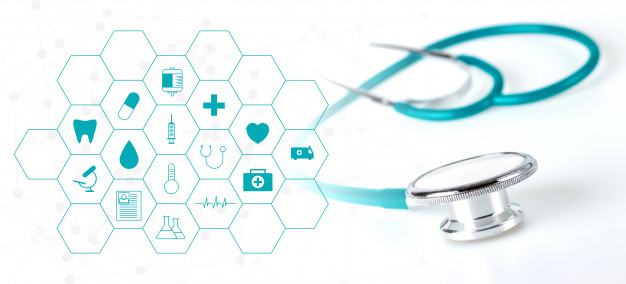The new article provides additional details regarding un-permissible changes to medical devices as set forth under the applicable legislation and also outlines the key points related to the change type assessment decision trees.

Table of Contents
The Tanzania Medicines and Medical Devices Authority (TMDA), a country’s regulatory agency in the sphere of healthcare products, has published a guidance document dedicated to changes to medical devices already placed on the market. The scope of the guidance covers both general and in vitro diagnostic devices. The document is intended to provide additional clarifications regarding the applicable regulatory requirements, as well as recommendations to be followed by medical device manufacturers to ensure compliance thereto. By the virtue of the guidance, the authority describes the approach to be applied when submitting an application for changes to approved products and highlights the key points associated thereto. It is also important to mention that provisions of the guidance are non-binding, and are not intended to introduce new rules or impose new obligations, but to assist in interpreting the existing legislation and following the requirements prescribed therein. The authority also reserves the right to make changes to the guidance, should it be reasonably necessary to reflect the corresponding amendments to the underlying regulations.
Un-permissible Changes
By the applicable legislation, some modifications to existing medical devices are falling outside the scope of the concept of “changes” due to their significance. In such a case, the manufacturer should commence the registration of a medical device from the very beginning – a new application for marketing approval will be required. According to the guidance, such an approach should be applied in the case of:
- Change that will result in the changes in risk classification of the approved medical devices or IVDDs;
- Change to the specific disorder, condition, or risk factor of interest that the IVDDs are intended to detect, define or differentiate;
- Change in the approved intended use of the medical devices or IVDDs;
- Change to what is detected (i.e., the analyte or measurand);
- Change of the drug substance combined with the registered medical device;
- Change of the registrable drug of a device with the registrable drug in a secondary role;
- Addition of medical devices with device brant names different from the registered medical devices or IVDDs;
- Change in the test results format from qualitative to quantitative or vice versa;
- Change in the biological or chemical principle of the test;
- Change in design of test technology;
- Combination of several changes (as explained by the TMDA, in some cases this could also result in a need for a new application).
Hence, to ensure compliance with the applicable regulations, medical device manufacturers are encouraged to assess the changes they are going to make to the device that is already approved for marketing and use to determine the regulatory status of such changes and decide on the actions to be taken to get these changes approved by the authority.

Change Type Assessment Decision Trees
To assist medical device manufacturers in making the aforementioned determination, the guidance also provides decision trees that describe in detail the approach to be applied concerning specific types of medical devices. The document describes particular situations and explains the approach to be followed. At the same time, the authority additionally emphasizes that the examples provided in the guidance are not exhaustive, hence, the applicability of a specific approach should be determined on a case-by-case basis.
The main decision tree describes the general types of changes to medical devices already allowed for marketing and use in the country. At the very first step, the manufacturer should start by considering the main decision tree, and then move to more specific ones (A to H).
Decision Tree A should be applied in case of changes to manufacturing processes, facilities, or equipment. According to the applicable regulatory requirements, in case such changes are expected to impact the safety or performance of a medical device, an application for changes should be submitted by the manufacturer. The document provides an example of changes to the packaging process. Should the manufacturer decide to add a new manufacturing site, it should be included in the quality management system (QMS) certification. In case of changes to the name or address of the manufacturer, the appropriate certificate should be provided as well.
At the same time, changes to the manufacturing process, facility, or equipment used by the supplier are not considered significant. However, the manufacturer shall ensure the quality of the products supplied remains the same, and that they still meet the respective specifications.
In most cases, the changes to a sterilization process are deemed to be significant. The authority mentions that the respective matters are addressed in Decision Tree D.
The second decision tree described in the guidance – Decision Tree B – applies in case of changes to the manufacturing quality control procedures. For instance, this includes changing or adding a new test acceptance criteria or test method to provide equivalent or better assurances of reliability. Such changes would not be considered significant. At the same time, removal of test acceptance criteria, in-process inspections, or final inspections without replacement of these activities is considered significant. The same approach should be applied concerning changes to the manufacturing quality control procedures (e.g., methods, tests, or procedures used to ensure the quality of the materials used or the device in general).
In summary, the present TMDA guidance provides a list of criteria to be used to identify un-permissible changes requiring a new registration of a medical device. Apart from this, the document describes decision trees to be applied when determining the regulatory nature of changes to a medical device.
Sources:
How Can RegDesk Help?
RegDesk is a next-generation web-based software for medical device and IVD companies. Our cutting-edge platform uses machine learning to provide regulatory intelligence, application preparation, submission, and approvals management globally. Our clients also have access to our network of over 4000 compliance experts worldwide to obtain verification on critical questions. Applications that normally take 6 months to prepare can now be prepared within 6 days using RegDesk Dash(TM). Global expansion has never been this simple.

